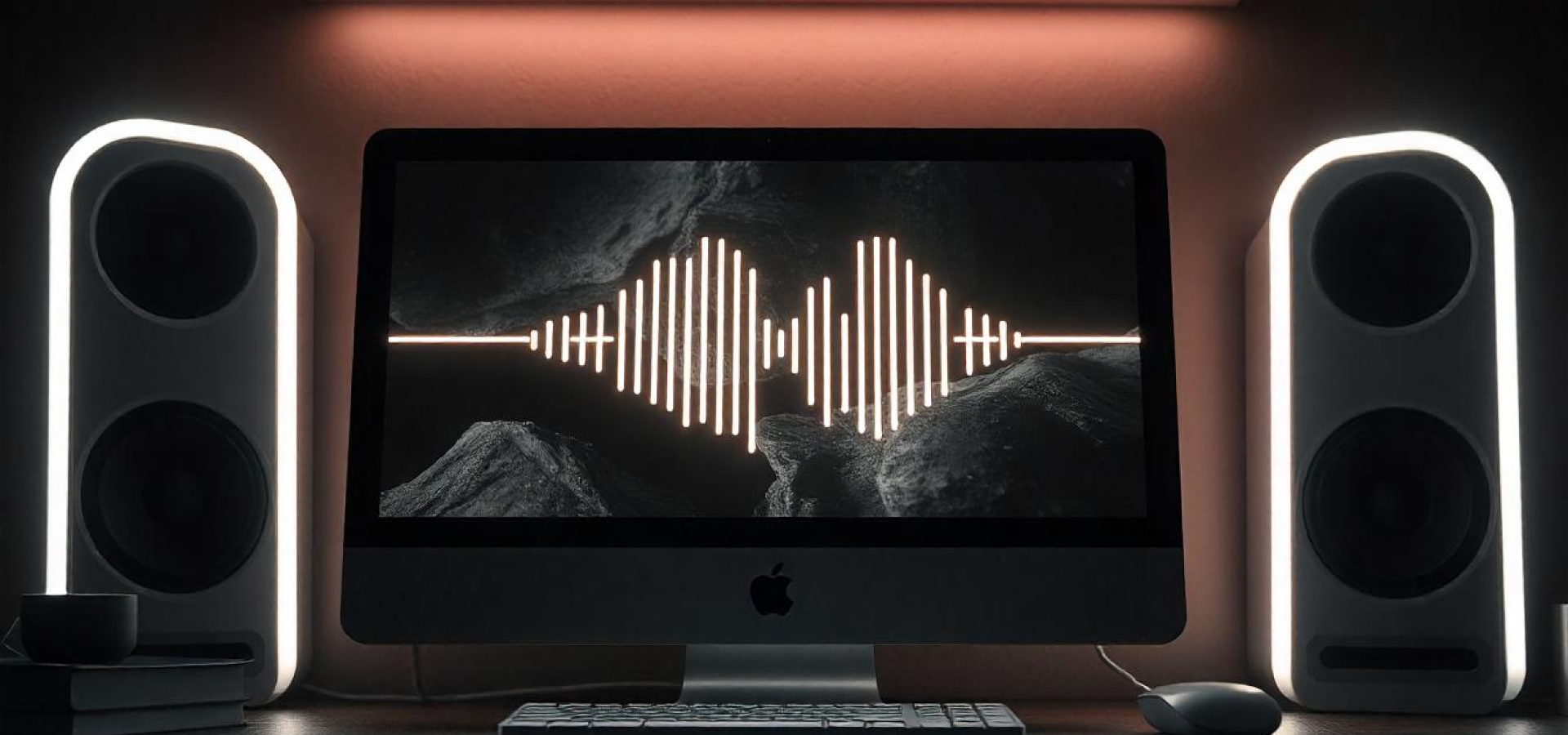

Experiencing sound issues on your iMac can be frustrating, especially if you rely on it for work, entertainment, or communication. Audio problems can stem from various sources, including software settings, hardware malfunctions, or peripheral device conflicts. This guide provides you with effective steps to diagnose and restore audio functionality on your iMac, ensuring you get back to enjoying your favorite media without interruptions.
The first step in troubleshooting sound issues is to check your audio output settings. Go to "System Preferences" and click on "Sound." In the "Output" tab, ensure that your desired audio device is selected. If you are using external speakers or headphones, make sure they are connected properly. Sometimes, simply switching between audio devices can resolve sound issues.
A simple restart can often resolve audio problems caused by temporary glitches. When you restart your iMac, it clears out any cached data and resets the audio system. This can help restore audio functionality if the issue is software-related. After restarting, check if the sound is working properly.
Resetting the NVRAM (Non-Volatile Random Access Memory) or PRAM (Parameter RAM) can fix various audio-related problems. To do this, shut down your iMac, then turn it on and immediately hold down the Option, Command, P, and R keys simultaneously. Keep holding the keys for about 20 seconds, then release them. This process resets the audio settings stored in NVRAM, which can help restore sound functionality.
Outdated software can lead to compatibility issues, including audio problems. Make sure your macOS and all installed applications are up to date. Go to "System Preferences" and select "Software Update" to check for available updates. Installing the latest updates can resolve bugs that may be affecting your iMac’s audio system.
If the above steps do not resolve the issue, it’s time to check for hardware problems. Inspect your audio cables and connections for any damage or loose connections. If you’re using external speakers, try connecting them to a different device to ensure they are functioning properly. Additionally, test your iMac’s internal speakers by unplugging any external audio devices to see if the issue lies with the external equipment.
Sound issues on your iMac can be resolved with a few simple troubleshooting steps. By checking audio output settings, restarting your device, resetting NVRAM, ensuring software is up to date, and testing hardware connections, you can restore audio functionality and enjoy a seamless experience on your iMac.
If you’ve tried these steps and still encounter audio problems, don’t hesitate to contact a2zmaccare for professional assistance. Our experienced technicians can diagnose and repair sound issues efficiently, ensuring your iMac performs at its best. Reach out to us today!
We offer convenient door-to-door service across Delhi NCR, ensuring quick and hassle-free repairs.
Trust a2zmaccare for reliable, affordable, and professional MacBook and iMac repair
solutions.
We handle everything from screen replacements, battery changes, and keyboard repairs to more intricate logic board and GPU fixes. Whether you're experiencing performance slowdowns, overheating, or connectivity problems, our team is equipped to diagnose and resolve these issues efficiently.
Our goal is to provide you with a seamless and hassle-free experience, ensuring your MacBook or iMac performs at its best.